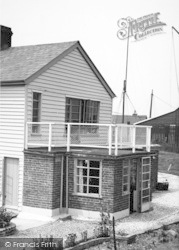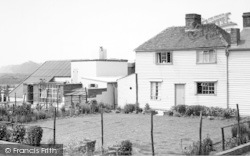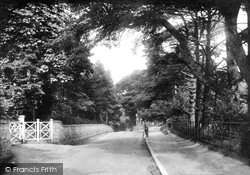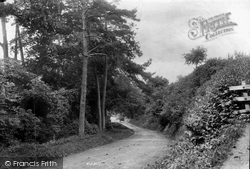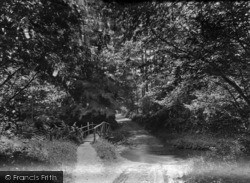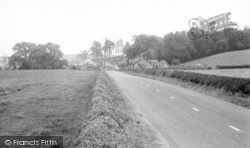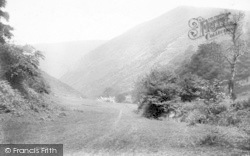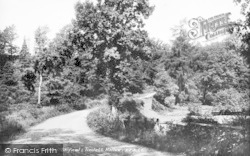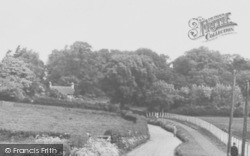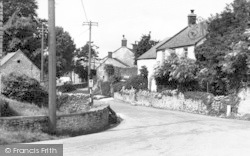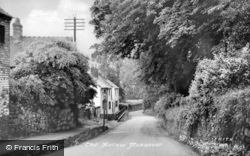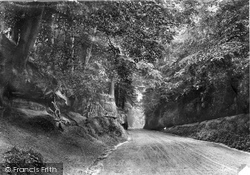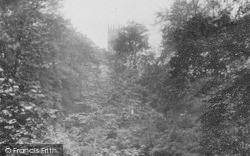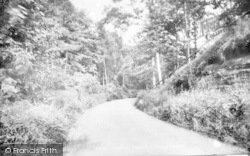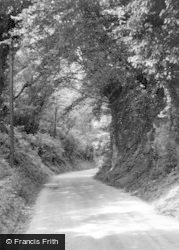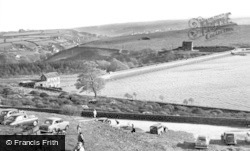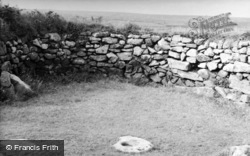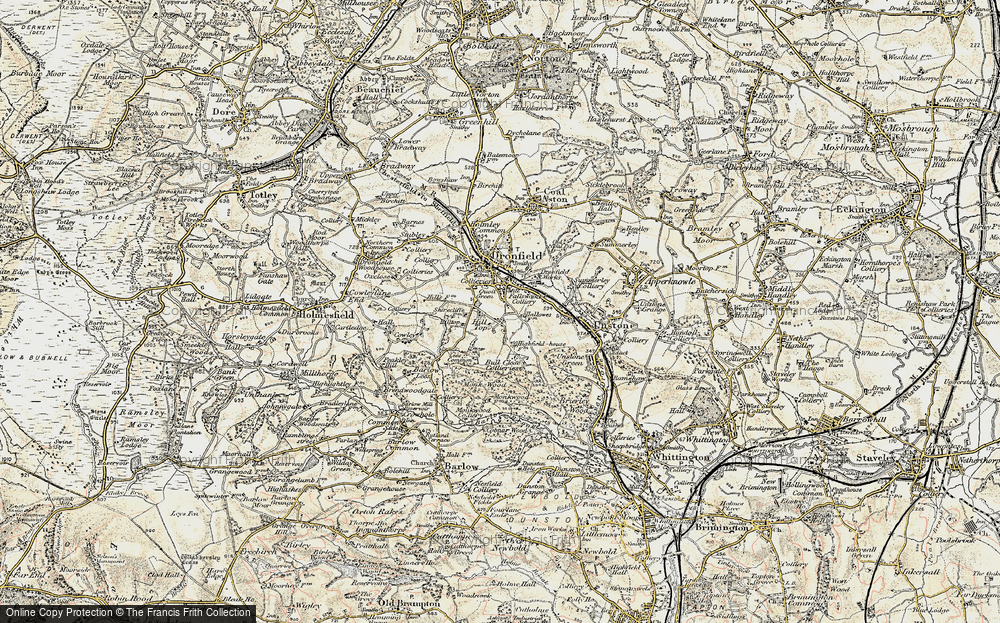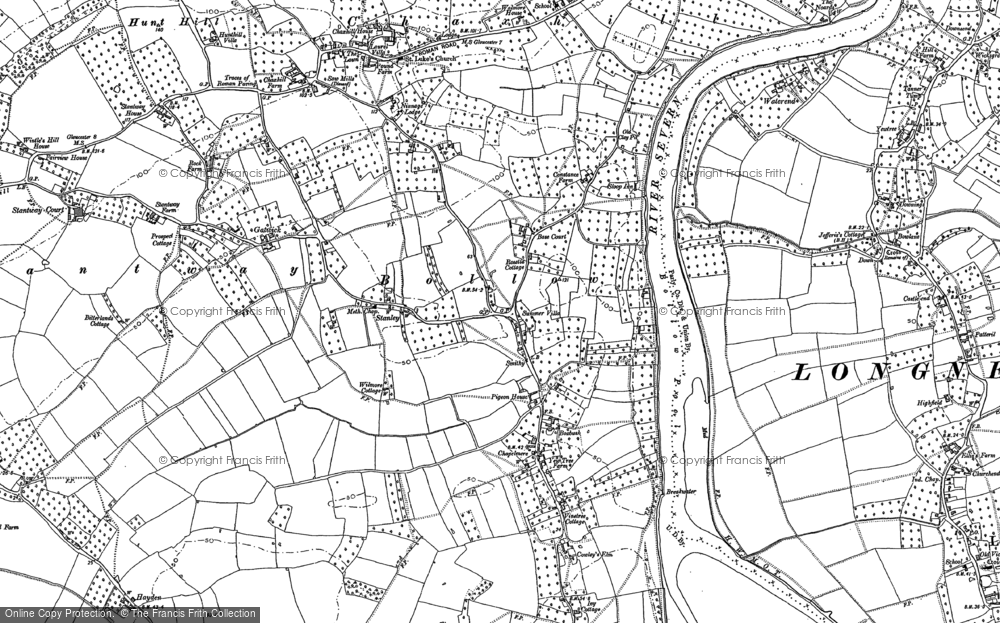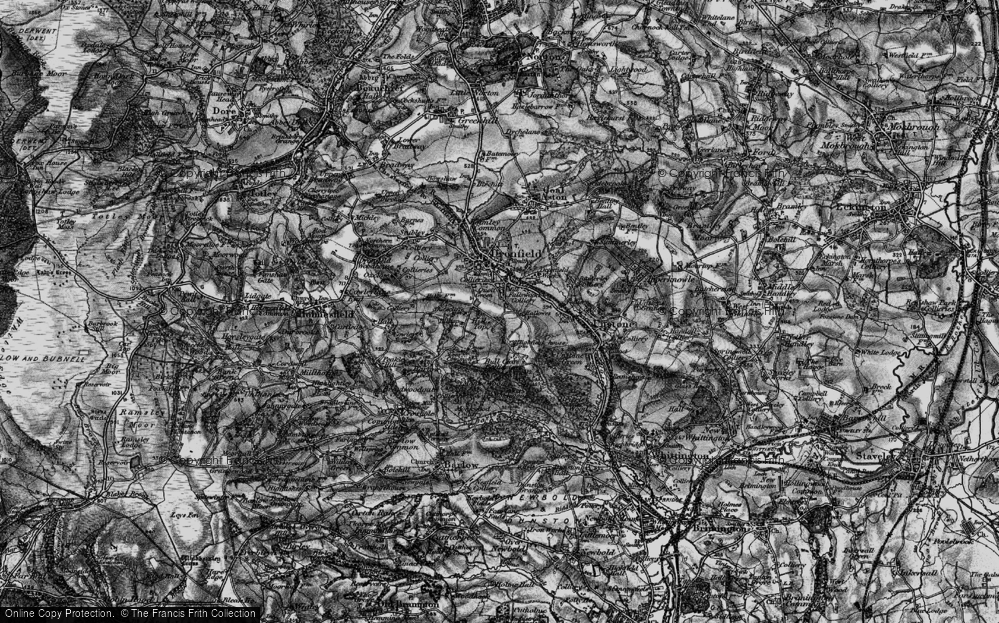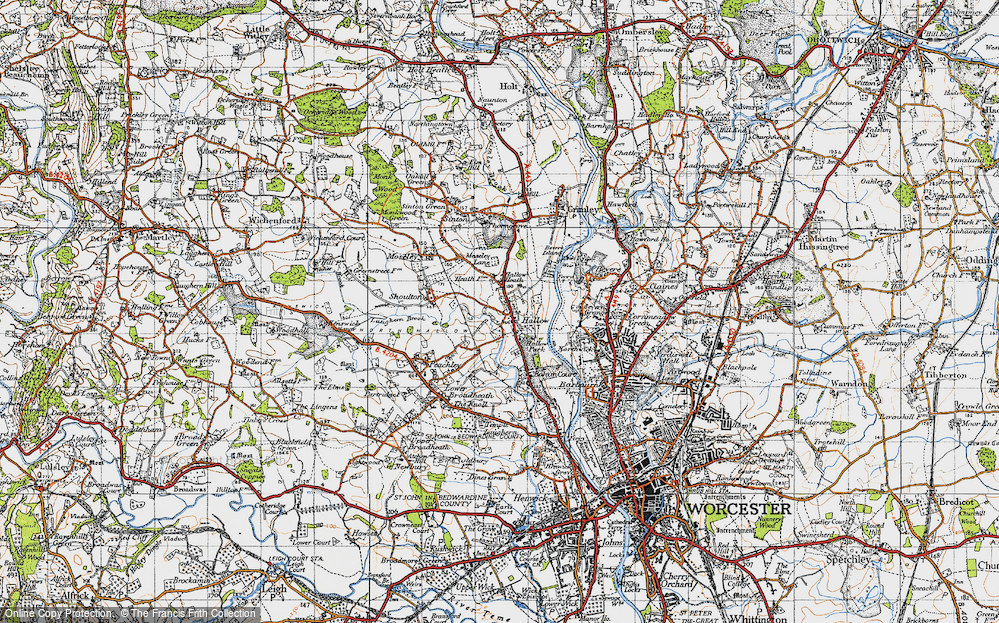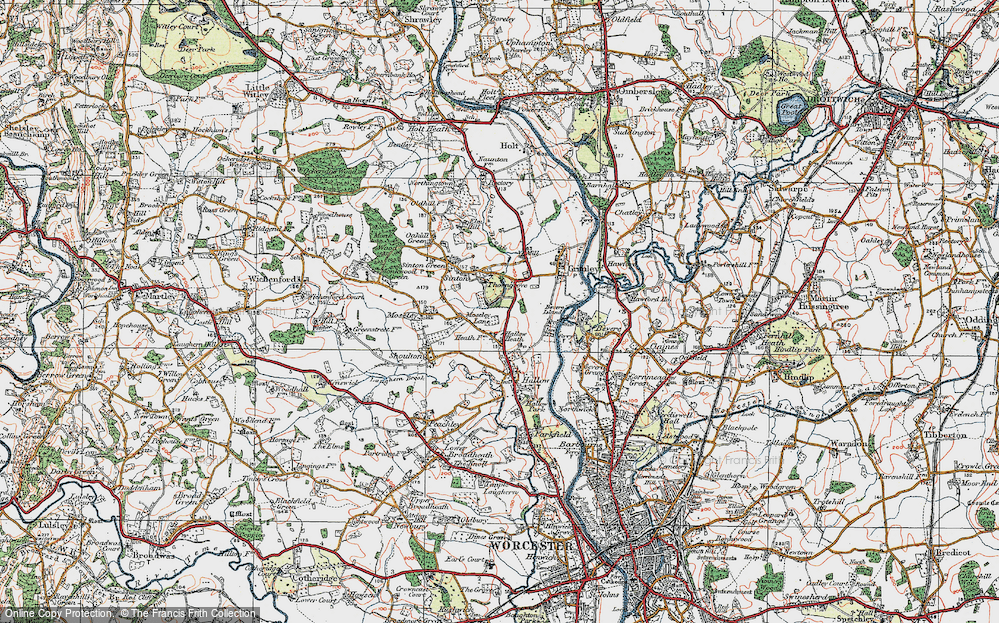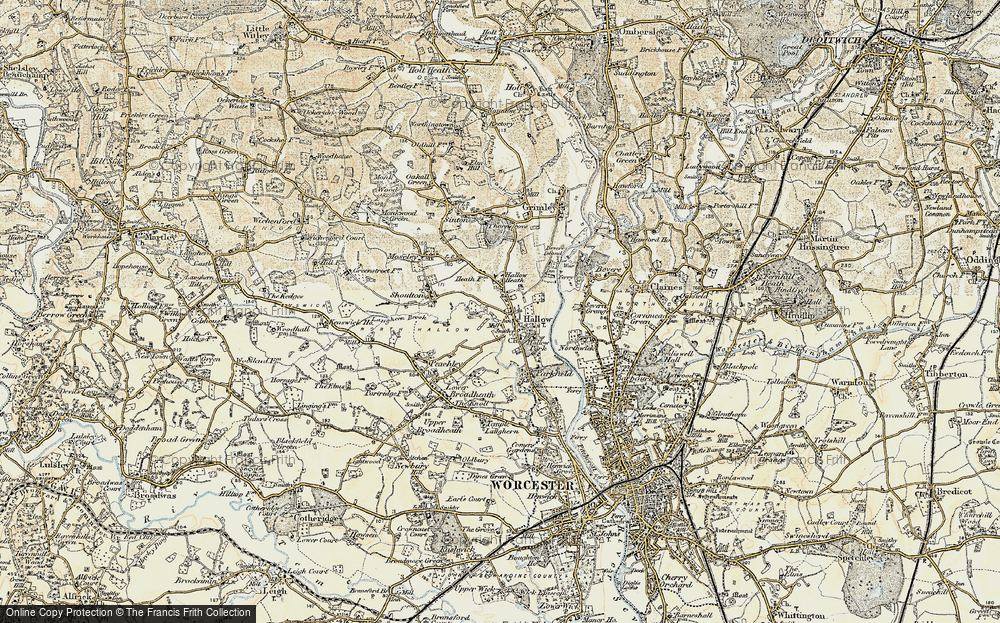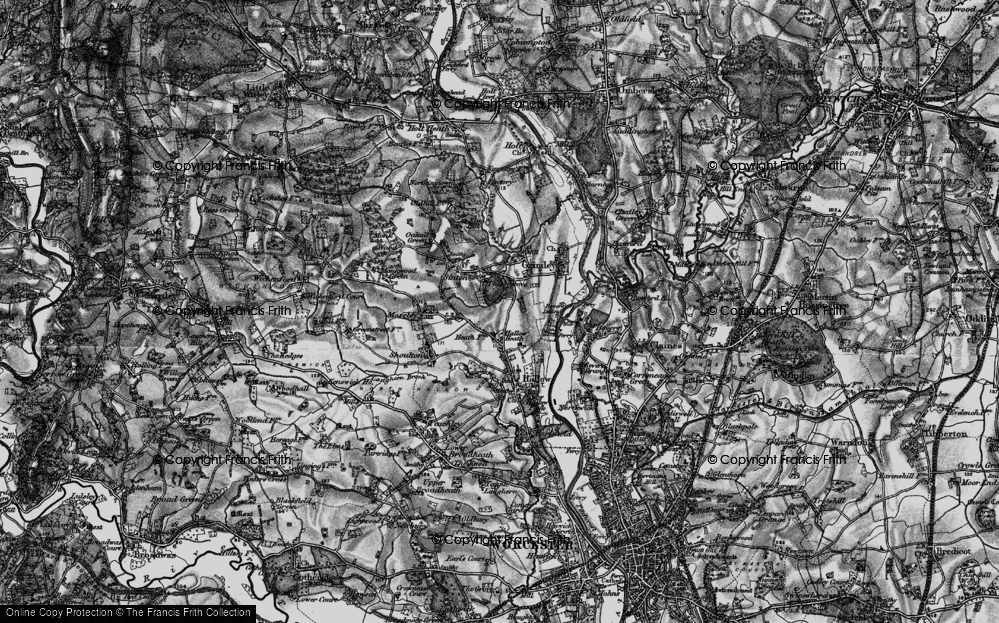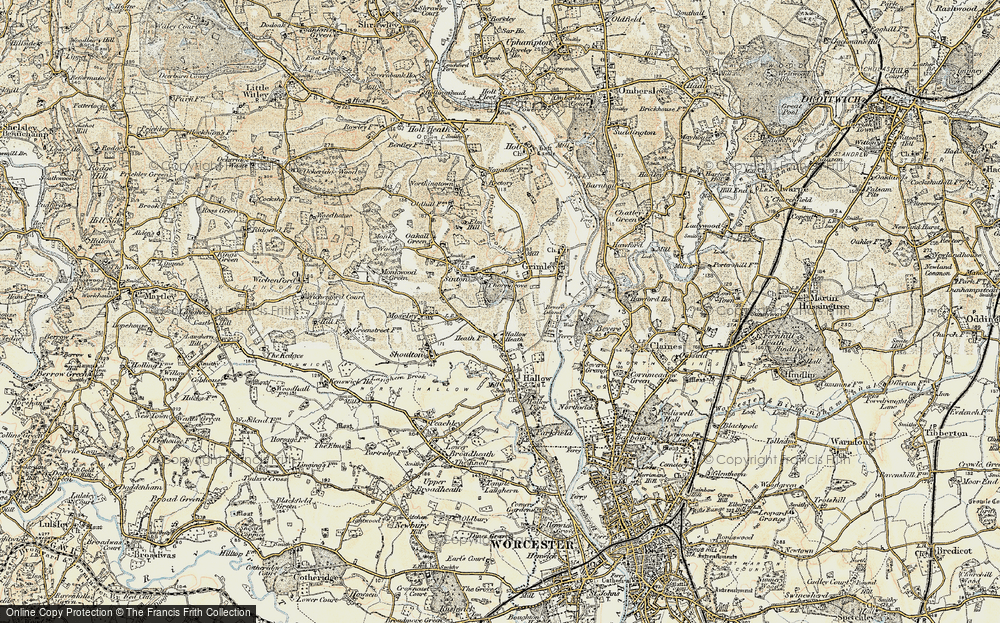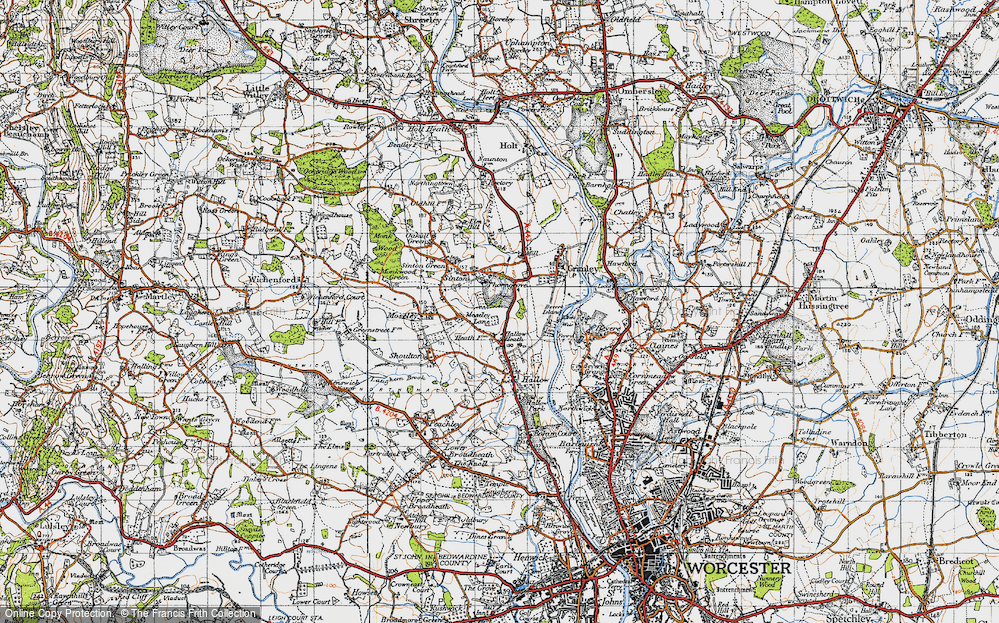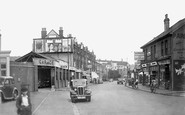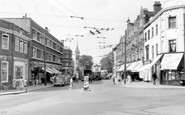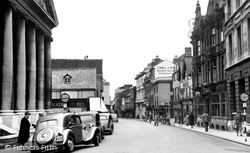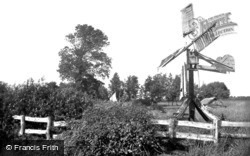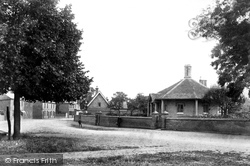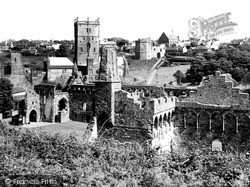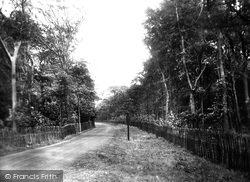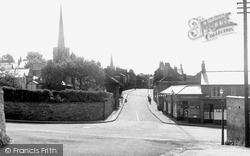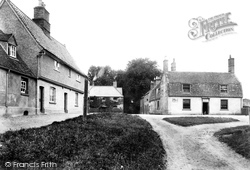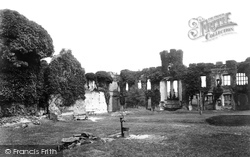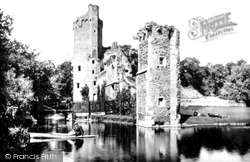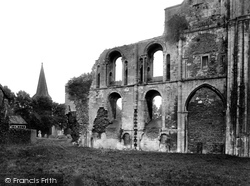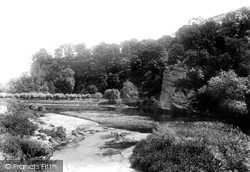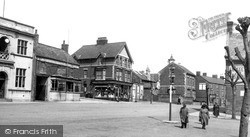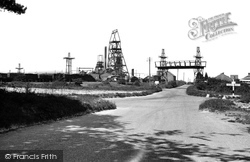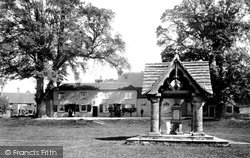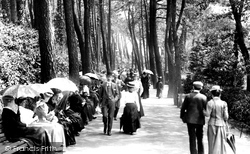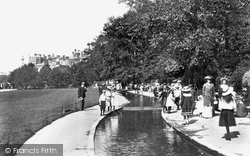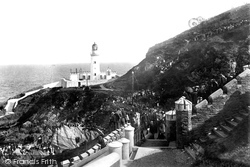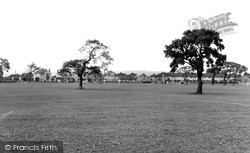Places
8 places found.
Those places high-lighted have photos. All locations may have maps, books and memories.
Photos
80 photos found. Showing results 41 to 60.
Maps
49 maps found.
Books
Sorry, no books were found that related to your search.
Memories
1,421 memories found. Showing results 21 to 30.
Purley Parade
We moved into the spacious four-bedroomed maisonette over Purley Radio in Purley Parade in 1955 and I attended Christ Church primary school, just over the other side of High Street (sadly demolished in 1967). A policeman used to see us ...Read more
A memory of Purley
The Chimes Filling Station
Hello Ken, You may remember us, the Beaven boys at number 71 or 72 (Parents Name Collins). I was born in 1945, Stephen in 1940 and Michael 1936. I went to the lovely Eardley Road Primary school before we moved to Clapham ...Read more
A memory of Streatham
Schooldays In Dearne
It's incredible how one can recall memories from a remarkably long time ago. In fact, I still remember that on my fourth birthday, I received two identical birthday cards from different people. I can even remember the ...Read more
A memory of Bolton Upon Dearne by
Newbury Way And Rayners Gardens
I'm Steve and the earliest memories are of Newbury Way, a lower half of a 2 bedroom maisonette with an open coal fire and larder including a concrete slab to keep stuff cold. I recall riding my three wheeled bike ...Read more
A memory of Northolt by
Little Waltham
I was born in Little Waltham and lived there until 1967. I only left because I got married and the cost of housing in the village, even then, was way out of our reach, so we had to move 20 miles north to Sible Hedingham. I had a ...Read more
A memory of Little Waltham by
Childhood
Having just stumbled across this website and viewed the photographs, I immediately went into nostalgia mode. I was born in Alrewas in 1938 in one of the small cottages in Main Street just down from Mansell's bridge, and then moved to The ...Read more
A memory of Alrewas in 1940 by
Home
I have lived in the pretty village of Cartmel all my life and I love the quiet, calming atmosphere we have here. Once a friend and myself used to walk through the village with a nanny goat called Nancy and her 2 kids, we'd arrive in the square ...Read more
A memory of Cartmel in 1983 by
Upper Heyford School
My father was stationed at RAF Upper Heyford 1949 to 1953. My brothers, Peter, Michael and myself, Mary, went to the village school. My older brother Richard went to school in Steeple Aston. I remember the ...Read more
A memory of Upper Heyford in 1949 by
Hendon Paper Mill
John McCue was a Union Rep at Hendon Mill and left c.1910 following a dispute with management. As a result his son, then about two years old, grew up in Kent where the family relocated to work at The Imperial Paper Mills, ...Read more
A memory of Sunderland by
Grandmother's Flat Above The Shops
My family's house, just off the Kingston Bypass (now known as the A3) in Tolworth, was damaged as the result of enemy action in September 1940 and my parents and I stayed for a while with my grandmother in ...Read more
A memory of Surbiton in 1940 by
Captions
877 captions found. Showing results 49 to 72.
The higher gable beyond is Cross the florist, whose nursery was at Chapel Farm on Hollow Road.
A small hollow post wind pump for land drainage, the mill had shuttered sails and was turned to the wind by twin tail vanes. The shutters in the sails were set manually, one sail at a time.
Moving northwards from the church along the Hollow, the path crosses Main Street into Sapley Road. It is difficult today to imagine that this is the sight that would have greeted travellers.
The sea wind drops, the smoke rises upward from the chimneys, and a man looking at the church in the hollow knows it to possess the longest memory in Britain.'
Following the building of St Anne's, Ansdell and Fairhaven were slower to develop, remaining an area of woodland and sandhills.
The photographer stood with his back to the impressive medieval castle motte to look across The Hollow into Borough Street and the town, with its excellent array of mainly 18th-century
The photographer stood with his back to the impressive medieval castle motte to look across The Hollow into Borough Street and the town, with its excellent array of mainly 18th-century
Moving northwards from the church along the Hollow, the path crosses Main Street into Sapley Road. It is difficult today to imagine that this is the sight that would have greeted travellers.
This view within the courtyard of the castle shows it after the 1770s stripping out to a hollow shell for the building of Herstmonceux Place, a house designed by Samuel Wyatt.
The hollow circular tower is open to the elements, and provides a good home for hundreds of pigeons. It is over 100ft high, and is divided into four storeys.
The west wall of the south transept is interesting, as it features Gothic hollow- walling in the middle storey.
In the 18th century a hermit or holy man lived in a small hollow in the rock.
Rothwell's history dates back to long before the Danish invasion of the Dark Ages. 4,000 years ago Bronze Age settlers came to this area, followed by the Romans.
Following the Reformation, it ended up in the hands of a local squire. Later, it was owned by the Braddyll family, who did much reconstruction work before going bankrupt.
By the 1980s the Conservative government had closed Britain's coal mining industry following a series of crippling strikes.
The A29 that runs in a straight line through the village follows the course of the Roman Stane Street.
During the years that followed other wealthy Hampshire gentlemen followed his example. It was to be the very end of the century before the town became popular as a holiday resort.
During the years that followed other wealthy Hampshire gentlemen followed his example. It was to be the very end of the century before the town became popular as a holiday resort.
The following year disaster struck the local herring fleet when the temporary light was somehow dislodged during a storm, leaving many of the boats blind.
Frederick Barker was born at Baslow on 17 March 1808, and followed other members of his family by becoming a churchman.
The raised bank followed the Taw from Castle Quay and turned right to follow the Yeo to Braunton Bridge. This area was another example of the work of R D Gould, the borough surveyor.
Crowghyll Park was opened to the residents on 31 May 1890 following a civic ceremony led by Mrs Titus Salt.
Though it is now widely accepted that the bridge was built in 1569, there is a theory that the structure is in fact older, and that the date of 1569 refers to its restoration following damage received
Many estates of what we now call social housing sprang up around Britain following the war.
Places (8)
Photos (80)
Memories (1421)
Books (0)
Maps (49)


